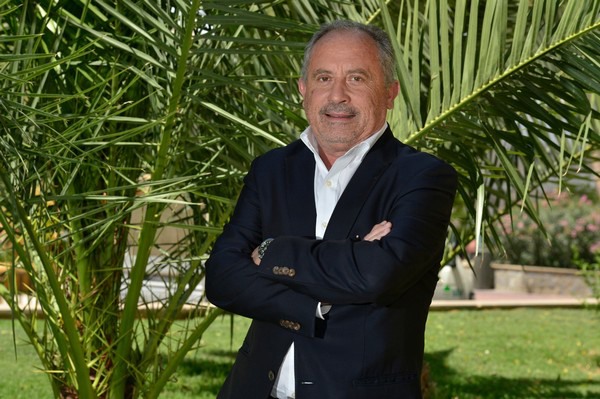In Spain, the acreage planted with broccoli and cauliflower for the autumn and winter months has expanded by between 25 and 30% compared to last season.
"Although more broccoli has been planted for the free market and a greater supply than last year is expected until January, retail chains are increasing their orders due to the coronavirus situation," says Nacho Doménech, CEO of Agromark. "I think the chains will be right, because the second wave of the pandemic could be even worse than the one in March and people will eat healthy products more frequently in their homes," he says.

The harvests have started earlier this year in Spain due to the mild weather and low rainfall. However, the transition to the Spanish production in Europe has not yet been completed. Consequently, the supply is currently higher than the demand and sales are somewhat stagnant. At the same time, low humidity levels are translating into a good quality harvest, without bortrytis issues, as was the case at the beginning of last season.
"Spanish broccoli exports to northern Europe, to destinations such as Germany, the Netherlands or the Baltic States, have been underway for around 15 days. The volumes shipped are greater compared to the same period last year. The demand from the Netherlands is especially high, also due to the closure of restaurants, which is leading to increased consumption of vegetables at home. For its part, the UK, which is the largest broccoli consumer in Europe, has enjoyed a more benign weather and will therefore still be able to supply itself for the next 10 days. At the moment, we have some surplus volumes and prices have dropped a little compared to last week, but as Spanish exports open up to other countries, there will be a greater balance between supply and demand.” says Doménech.
The situation of cauliflower is totally different compared to the start of the previous year. “Last year, the season started much earlier because the productions in northern Europe were hurdled by many complications in the transplants in July and August due to excess heat, which led to quality issues. At the moment, the United Kingdom, the Netherlands and other central European countries still have local productions. For now, we are only exporting to the Scandinavian countries, where it is colder. The price levels started very high, and now, although they are still high, they are also under more pressure because the demand is lower than expected.”
The summer campaign, when the broccoli and cauliflower supply programs are mainly focused on the domestic market, has already been left behind. Sales fell by 40% due to the lack of tourism. However, shipments to Persian Gulf countries have grown by around 50%.
